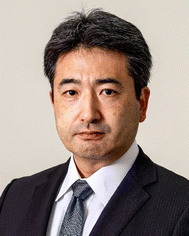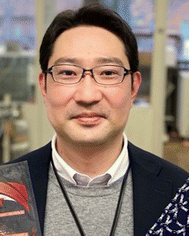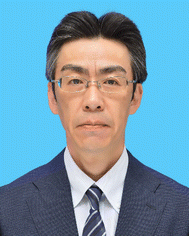International Symposium on Inorganic Environmental Materials 2023 (ISIEM 2023)
Kenjiro
Fujimoto
 *a,
Mamoru
Aizawa
*a,
Mamoru
Aizawa
 *b,
Naoyuki
Matsumoto
*b,
Naoyuki
Matsumoto
 *c and
Hiroaki
Mori
*d
*c and
Hiroaki
Mori
*d
aDepartment of Pure and Applied Chemistry, Faculty of Science and Technology, Tokyo University of Science, Japan
bDepartment of Applied Chemistry, School of Science and Technology, Meiji University, Japan
cNano Carbon Device Research Center, National Institute of Advanced Industrial Science and Technology, Japan
dCentral Research Laboratory, Taiheiyo Cement Corporation, Japan
Abstract
The International Symposium on Inorganic and Environmental Materials 2023 (ISIEM2023: https://isiem2023.sciencesconf.org/) was held at ENSCM in France from June 19 to 23, 2023. The ISIEM was organised by the Society of Inorganic Materials, Japan (SIMJ), the French National Center for Scientific Research (CNRS), ENSCM and the University of Montpellier, France. The first symposium (ISIEM2004) was held in Eindhoven, the Netherlands, in 2004, co-organised by SIMJ and the Nederlandse Keramische Vereniging (NKV). Since its inception in 2004, SIMJ has co-organised ISIEM 2013 at the University of Rennes 1 in France and ISIEM 2018 at the Ghent University in Belgium with each university. These symposia were attended by around 250, 300, and 170 people, respectively, and they were all considered successful.
 Kenjiro Fujimoto |
 Mamoru Aizawa |
 Naoyuki Matsumoto |
 Hiroaki Mori |
ISIEM 2023 represents a continuation of the previous symposia, namely ISIEM 2004, ISIEM 2013, and ISIEM 2018. The symposium is co-chaired by Prof. Takahiro TAKEI (University of Yamanashi, Japan) and Prof. Umit B. DEMIRCI (University of Montpellier, IEM, France). The executive committee, responsible for the practical organisation of the symposium, consists of 14 members from France and 9 members from Japan. The 30-member international advisory board has approved the following topics:
1. Energy, sustainable materials, and environment-related materials (including among others, hydrogen energy, batteries, supercaps, catalysis, gas sorption and capture, wastewater treatment)
2. Functional materials (including among others, photocatalysts, membranes, electronics, optical, luminescent)
3. Biomaterials (including among others, apatite, phosphate, bioglass)
4. Cement/gypsum/lime
5. Nanomaterials (including nanocomposite materials)
6. Materials processing (e.g. sintering, forming powder, bulk, thin films)
Approximately 200 people registered for this symposium, which included 4 plenary lectures, 7 keynote lectures, 107 oral presentations, and 37 poster presentations. The papers published in the New Journal of Chemistry represent only a small fraction of the total presentations. All participants engaged in active information exchange on the aforementioned topics, and the meeting was a resounding success.
| This journal is © The Royal Society of Chemistry and the Centre National de la Recherche Scientifique 2024 |
